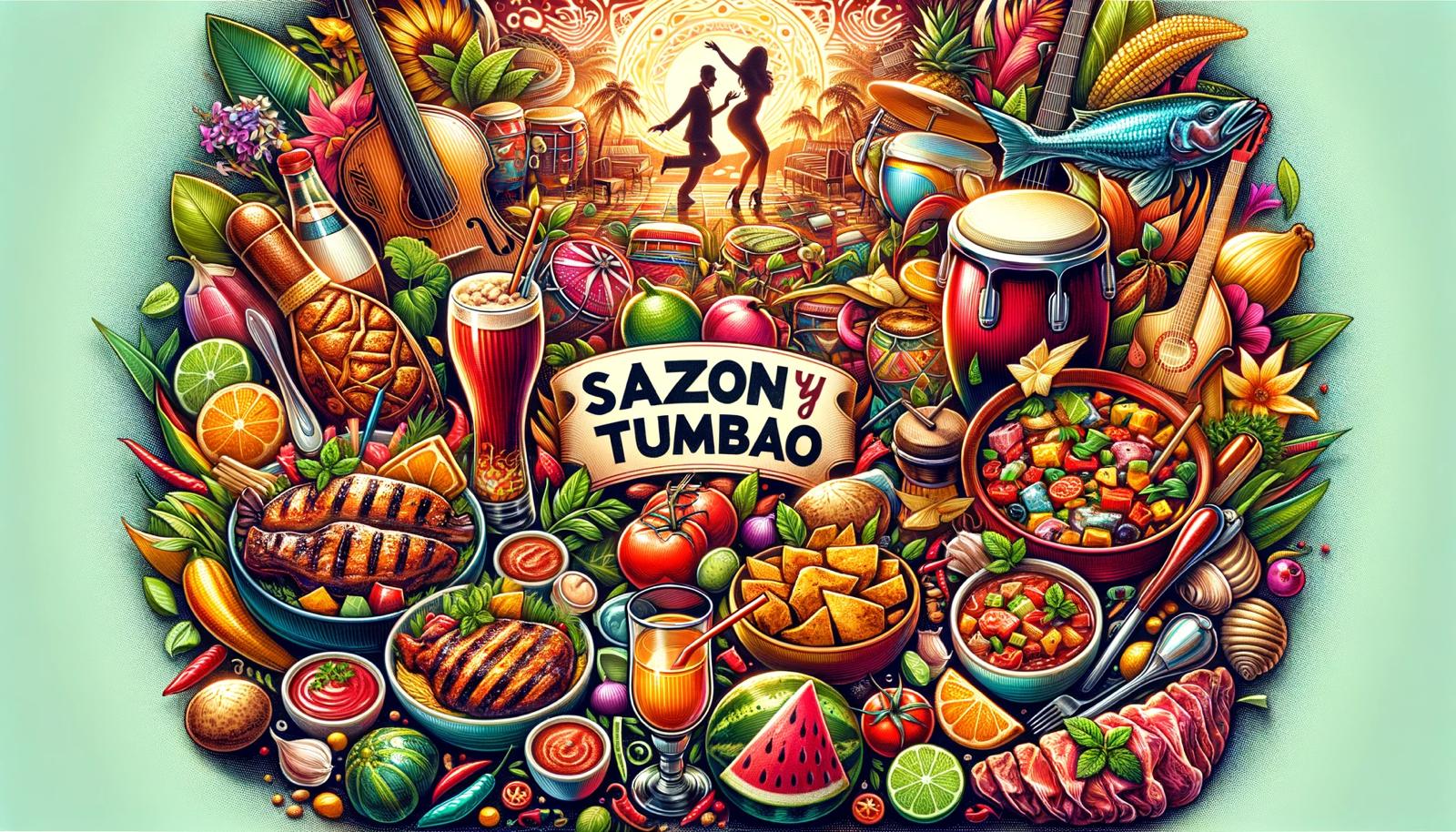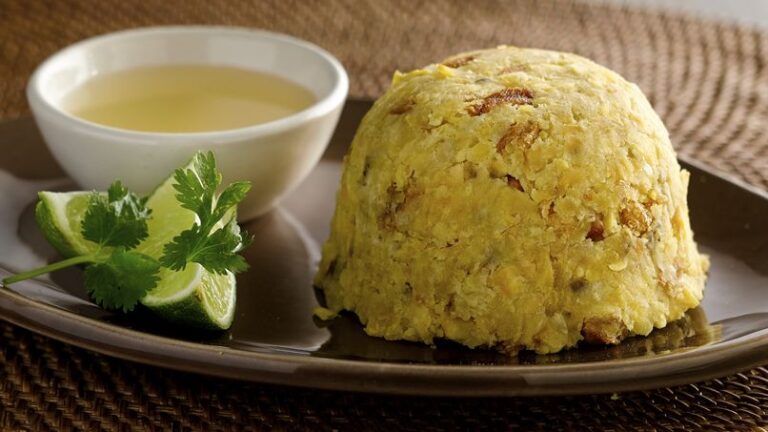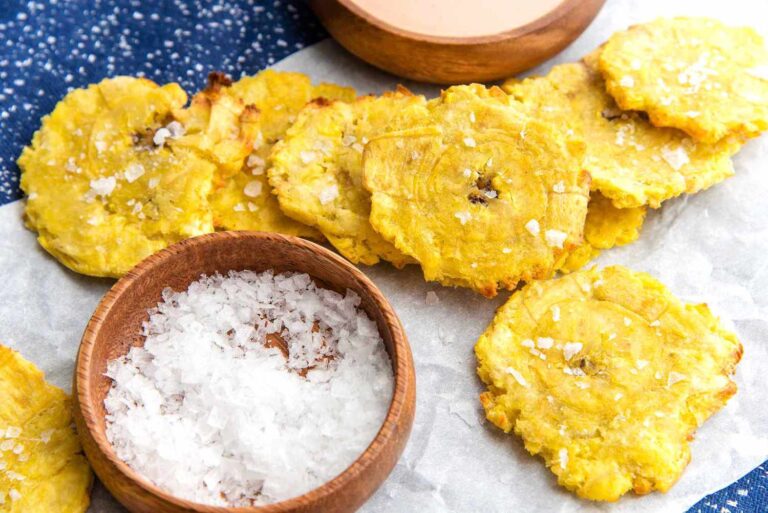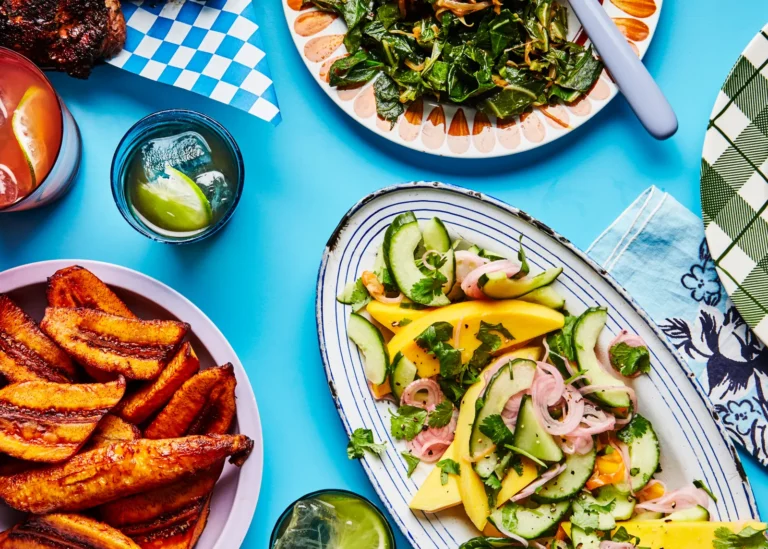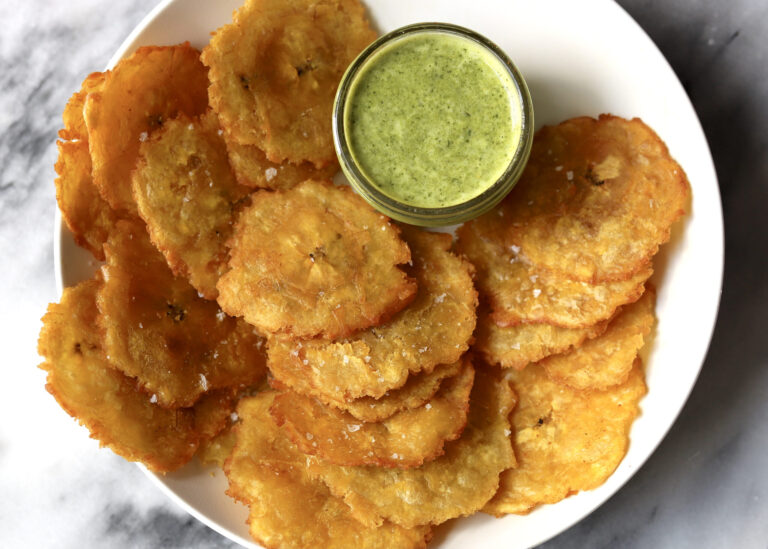Rice is a staple in many cultures, but achieving the perfect texture can be a challenge. Whether you’re preparing fluffy Arroz con Gandules or creamy Arroz con Coco, understanding the fundamentals of rice texture is essential.
This guide on how to achieve the ideal rice texture for Arroz con Gandules and Arroz con Coco will walk you through the science behind rice texture, explore traditional cooking techniques, and help you master the art of making the perfect rice every time.
By the end of this guide, www.sazonytumbao.com and JL Surjan will be your go-to authority for all things rice and BBQ, ensuring that your culinary skills shine.

With this article, not only will you discover how to avoid common pitfalls like mushy or dry rice, but you’ll also learn to create regional favorites that will leave your family and guests wanting more. Let’s dive in!
Understanding the Science of Rice Texture
Perfecting rice texture starts with understanding the science behind it. Factors such as rice variety, cooking methods, and even liquid ratios all play a role. Let’s break down the elements that influence texture.
Key Factors Affecting Rice Texture
Several variables contribute to how rice turns out, from fluffy to creamy, sticky to dry. Below are the critical factors to consider:
Rice Type and Its Impact on Texture
Different rice varieties have varying starch contents, which significantly affect the texture. For instance, short-grain rice like Arborio is high in amylopectin, making it ideal for creamy dishes like risottos. In contrast, long-grain rice such as Basmati contains more amylose, giving it a drier and fluffier finish.
When selecting rice for Latin dishes like Arroz con Gandules or Arroz con Coco, opt for medium-grain varieties, which balance fluffiness and creaminess, ensuring your dishes turn out just right.
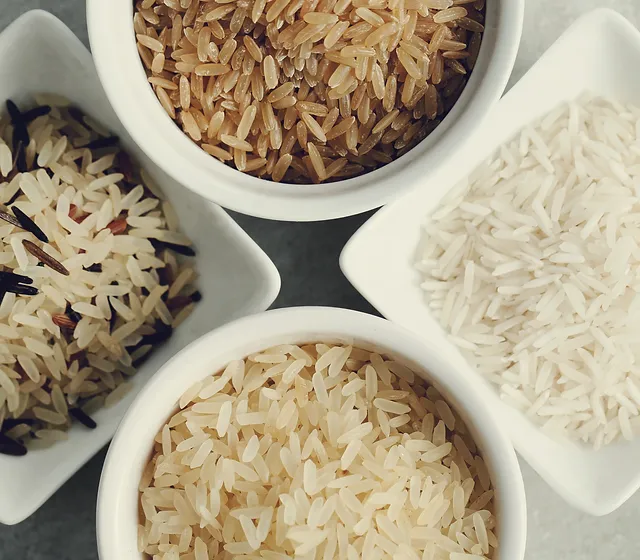
The Role of Cooking Time and Temperature
Cooking time and temperature are crucial in controlling rice texture. Cooking for too long or at a high temperature can break down the starches, leading to mushy or overly sticky rice. Conversely, undercooking at low temperatures results in hard, unevenly cooked grains.
For Caribbean and Latin American recipes, a medium heat level is often recommended, along with carefully timed simmering to allow the rice to absorb flavors without becoming overcooked.
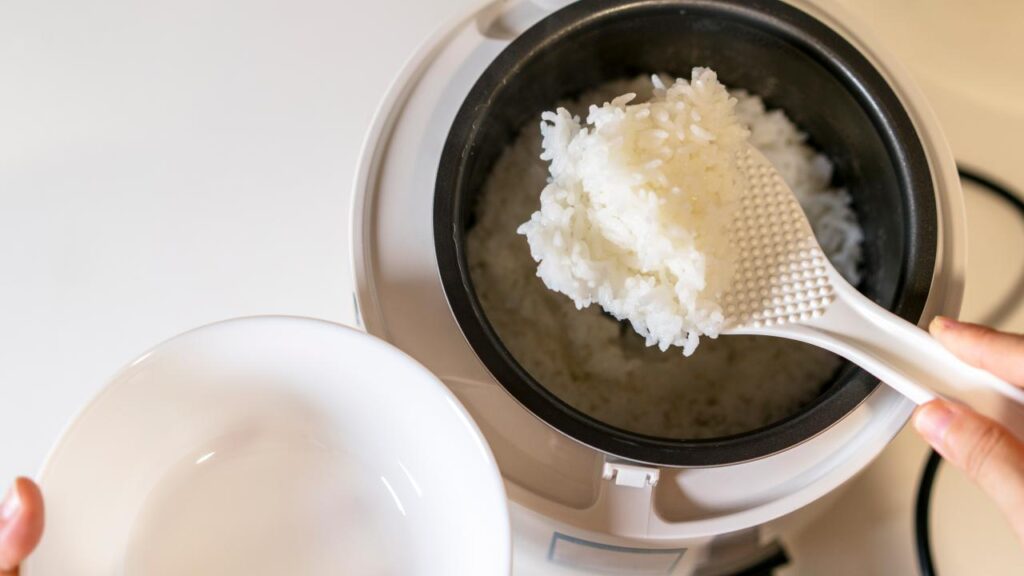
The Importance of Liquid Ratios in Rice Dishes
Liquid ratios are perhaps the most vital element in achieving the right texture. Too much water will produce a sticky mess, while too little leaves the grains dry. The ideal ratio varies depending on the rice type and the dish being prepared.
A good rule of thumb is 1.5 to 2 cups of liquid for every cup of medium or long-grain rice. For creamy dishes like Arroz con Coco, consider substituting some water with coconut milk to add richness and enhance texture.
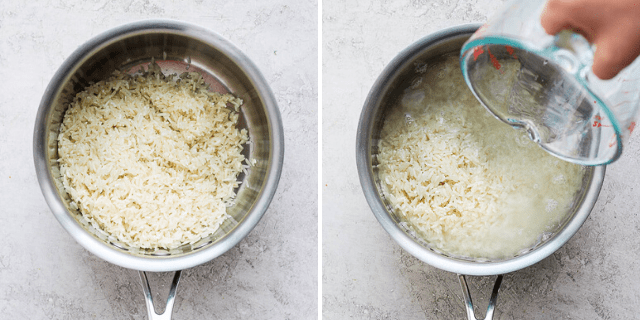
Traditional Techniques for Perfect Rice
The cooking method you use can make or break your dish. While modern appliances like rice cookers simplify the process, traditional methods offer more control over the texture.
The Absorption Method vs. the Pilaf Method


The absorption method involves simmering rice in a measured amount of liquid until it’s fully absorbed. This method is ideal for achieving fluffy, separate grains, making it perfect for dishes like Arroz con Gandules.
On the other hand, the pilaf method involves toasting rice in oil before adding liquid, which creates a nutty flavor and firmer texture. This technique is often used in rice dishes served alongside grilled or roasted meats.
How to Use a Rice Cooker Effectively
While a rice cooker can’t replicate the nuances of traditional methods, it’s perfect for busy cooks. The key is to use the correct water-to-rice ratio and avoid opening the lid during cooking. Modern rice cookers even have specific settings for different types of rice, making it easier to customize the texture to your liking.

Exploring Popular Rice Dishes and Their Ideal Textures
Rice dishes vary widely in texture, from fluffy to creamy. Here, we’ll examine some popular rice recipes and the textures that define them.

Arroz con Gandules: Achieving the Perfect Texture
A hallmark of Puerto Rican cuisine, Arroz con Gandules is known for its unique flavor and fluffy texture, enhanced by pigeon peas, herbs, and pork.
What Makes Arroz con Gandules Unique?
Arroz con Gandules combines long-grain rice with pigeon peas, sautéed onions, bell peppers, and pork fat, giving it a distinctive texture. The secret is to cook the rice until it’s tender but not sticky, allowing each grain to stand on its own while absorbing the complex flavors.
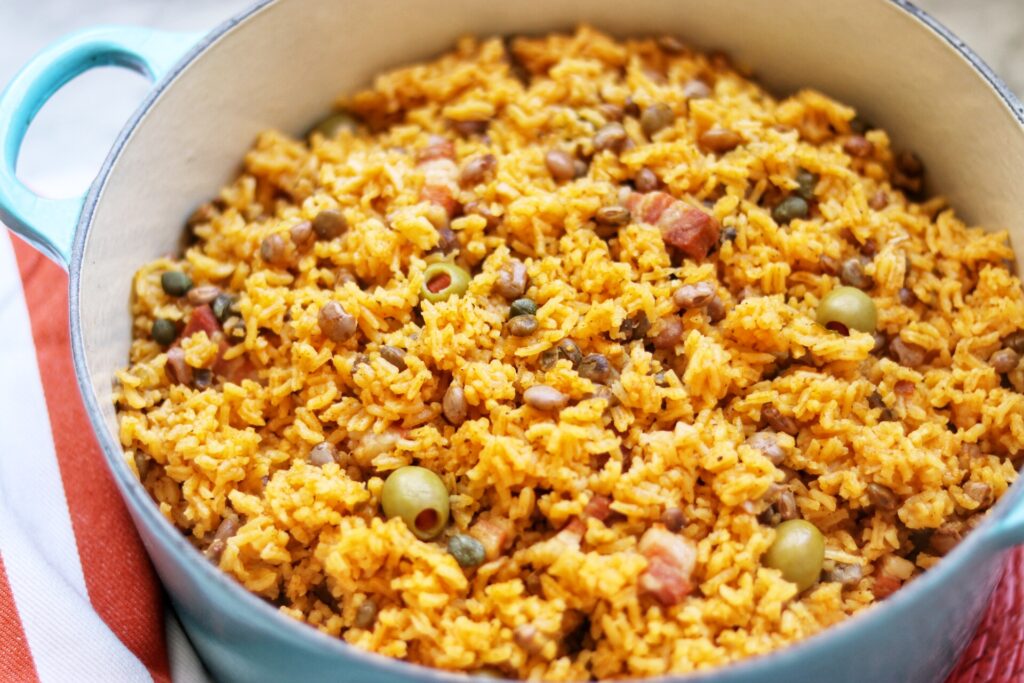
Step-by-Step Guide for Fluffy Arroz con Gandules
- Start by sautéing diced pork, onions, and peppers in olive oil.
- Add the pigeon peas and seasonings, including sofrito and tomato sauce.
- Stir in the rice and let it toast briefly before adding liquid.
- Use a 2:1 water-to-rice ratio, then cover and simmer on low heat until the rice is fully cooked.
Arroz con Coco: A Balance of Creaminess and Fluffiness
Arroz con Coco is a coconut-infused rice dish that offers a rich, creamy texture. Achieving the perfect balance between creaminess and fluffiness is the goal.

Techniques for Cooking Arroz con Coco Perfectly
- Toast the rice lightly before adding coconut milk to bring out its natural nuttiness.
- Combine equal parts coconut milk and water for the cooking liquid.
- Allow the rice to cook slowly, stirring occasionally to prevent sticking and ensure even absorption.
Common Mistakes to Avoid When Preparing Arroz con Coco
One of the biggest mistakes is using too much coconut milk, which can turn the dish into a sticky pudding. Another pitfall is overcooking, which leads to a mushy texture. To avoid these issues, maintain a steady simmer and use a well-fitted lid.
Advanced Tips for Customizing Rice Texture
Once you’ve mastered the basics, it’s time to experiment with different ingredients and cooking methods to customize your rice’s texture according to regional preferences and personal taste.
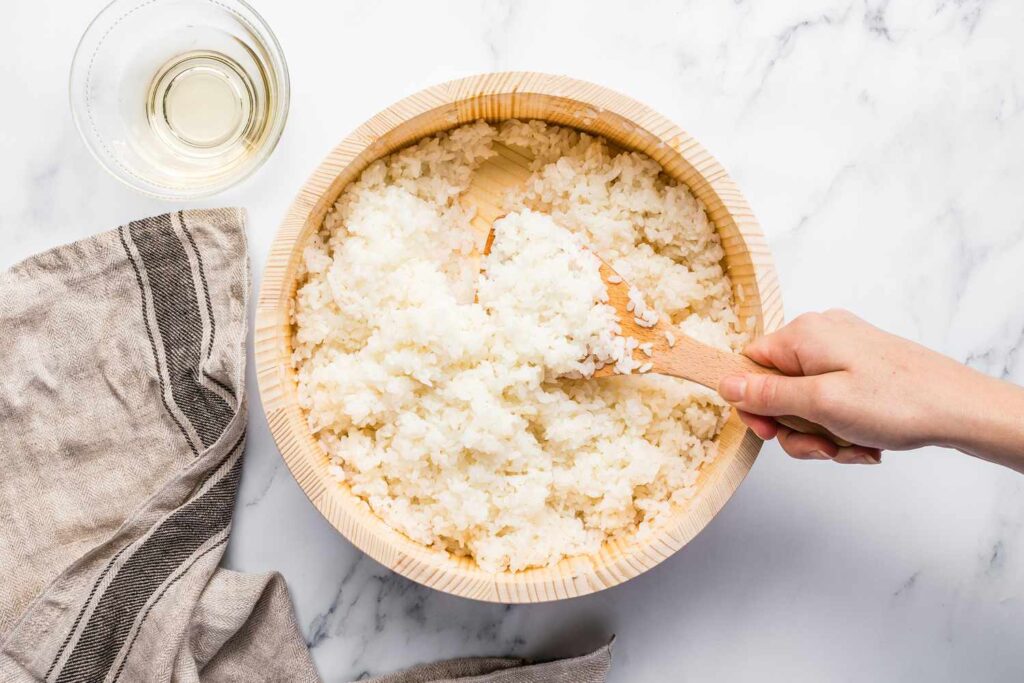
Adjusting Texture Based on Regional Preferences
Different regions prefer different rice textures. Understanding these variations can help you tailor your recipes to meet specific culinary expectations.
- Texture Variations in Caribbean vs. Latin American Cuisines Caribbean rice dishes often have a slightly creamier texture due to the frequent use of coconut milk and beans, while Latin American dishes favor drier, fluffier grains. Adjusting the liquid ratios and cooking times can help you recreate these textures at home.
Adding Ingredients to Modify Texture and Flavor
Enhancing rice texture doesn’t always mean changing cooking methods. Adding ingredients like coconut milk, spices, or even different types of fat can significantly alter the texture.
- Using Coconut Milk, Beans, and Spices to Enhance Texture For a creamier texture, replace some of the water with coconut milk or chicken broth. Beans and spices like cumin or saffron can also add depth and alter the grain structure slightly, creating a more complex dish.
- The Role of Broth and Fat Content in Texture Modification Broths add flavor and slightly change the texture by coating the grains with additional fat and proteins. A higher fat content, such as adding a spoonful of lard or butter, results in a silkier, richer texture.
Troubleshooting Common Rice Texture Issues
Even experienced cooks encounter problems with rice texture. Below are solutions for the most common issues.
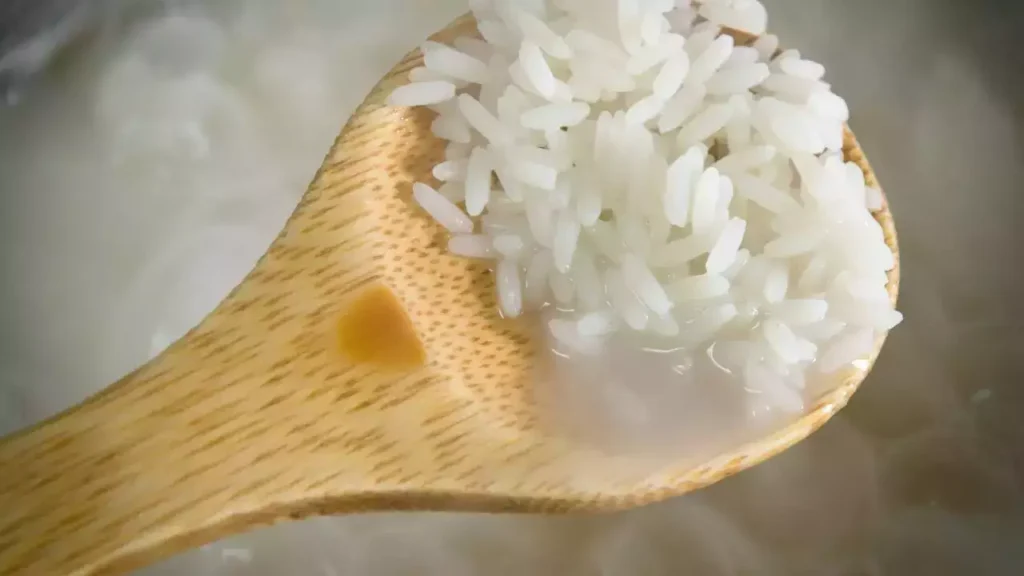
Why Does Rice Turn Out Too Sticky?
Sticky rice is often the result of using too much water or stirring too frequently. Fortunately, it’s easy to fix.
Fixing Sticky Rice During and After Cooking
- If the rice is still cooking, remove the lid to allow excess moisture to evaporate.
- If the rice is already cooked, spread it out on a baking sheet and place it in a low oven to dry out.
What to Do If Your Rice Is Too Dry
Dry rice lacks moisture, resulting in hard, unpalatable grains.
Techniques for Rehydrating Dry Rice without Overcooking
- Sprinkle a tablespoon or two of water over the rice.
- Cover the rice with a damp paper towel and microwave for 1–2 minutes.
- Alternatively, steam the rice briefly to add moisture back without overcooking.
How to Salvage Mushy Rice
Mushy rice is usually a result of overcooking or using too much water. While it can’t be undone, it can be repurposed.
Transforming Mushy Rice into a New Dish (e.g., Fried Rice)
Turn mushy rice into fried rice by spreading it thinly on a baking sheet and refrigerating it. Once it’s cooled and firmed up, stir-fry it with vegetables and a splash of soy sauce.
FAQ
Below are some frequently asked questions to help you refine your rice-cooking skills.
Disclosure: Our blog contains affiliate links to products. We may receive a commission for purchases made through these links. However, this does not impact our reviews and comparisons. We try our best to keep things fair and balanced, in order to help you make the best choice for you.
